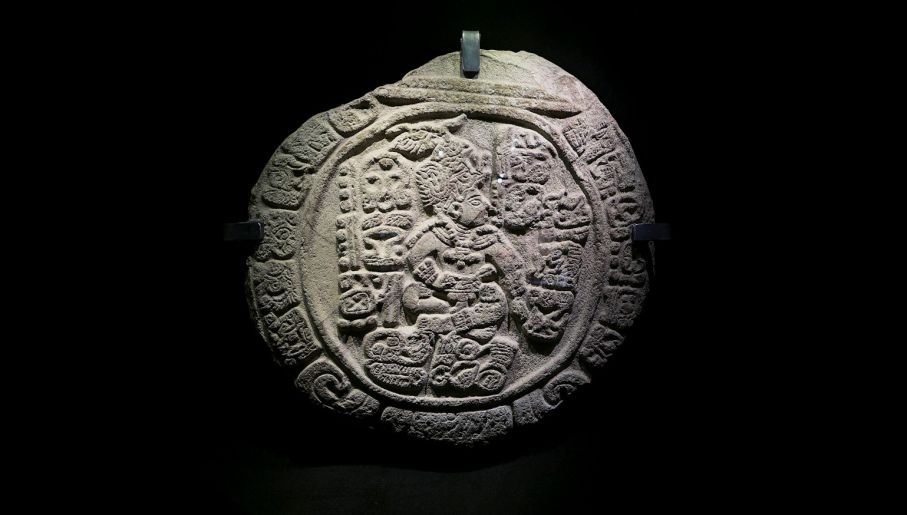In today’s video we will investigate this ancient iron pillar of India. It has many baffling features which have not been explained till date. One of the strangest features is that it has not rusted for more than a thousand years, although we can see some rusting in the recent years. Archeologists confirm that this was created at least 1600 years ago, but it could be much older than that. An iron pillar made such a long time ago should have rusted and completely disintegrated. How was such a pillar made, 1600 years ago, at a time when Historians claim there was no advanced technology?
In 2002, scientists studied the iron pillar and realized that it has a strange way of reacting to the atmosphere. Normally, Iron reacts with moisture in the atmosphere or rain and produces Iron oxide, which is called Rust (Fe2O3). This rust is very powerful, it will deteriorate the iron, and eventually destroy the entire structure. For example, if you look at this Nandu bridge in China which is less than 80 years old, it has been completely taken over by rust, making the bridge unusable. But the iron pillar does something very strange. When it comes in contact with moisture or rain, it produces a strange material called Misawite = y-FeOOH) which has not been seen anywhere before. This material actually forms a protective coating over the iron pillar and shields it from damage, and also increases its magnetic property.
Now, why does the iron pillar create Misawite instead of Rust or Iron Oxide? What makes this Iron pillar produce such a strange compound that is not seen anywhere else?





























